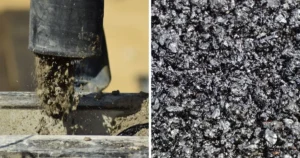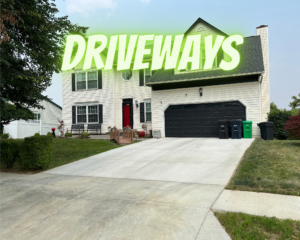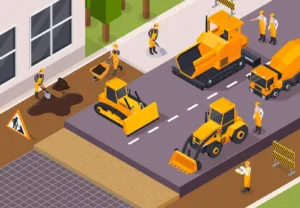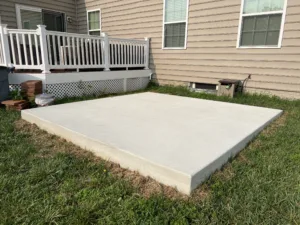Asphalt is the unsung hero of driveways and parking lots, quietly enduring the relentless wear and tear of vehicles, weather, and time. However, even the sturdiest asphalt surfaces require maintenance and, eventually, some form of salvation. When faced with a deteriorating asphalt surface, you have three main options: sealcoating, overlay, and complete reconstruction. Understanding the benefits, processes, and ideal scenarios for each can guide you to make the best decision for your asphalt’s longevity and performance.
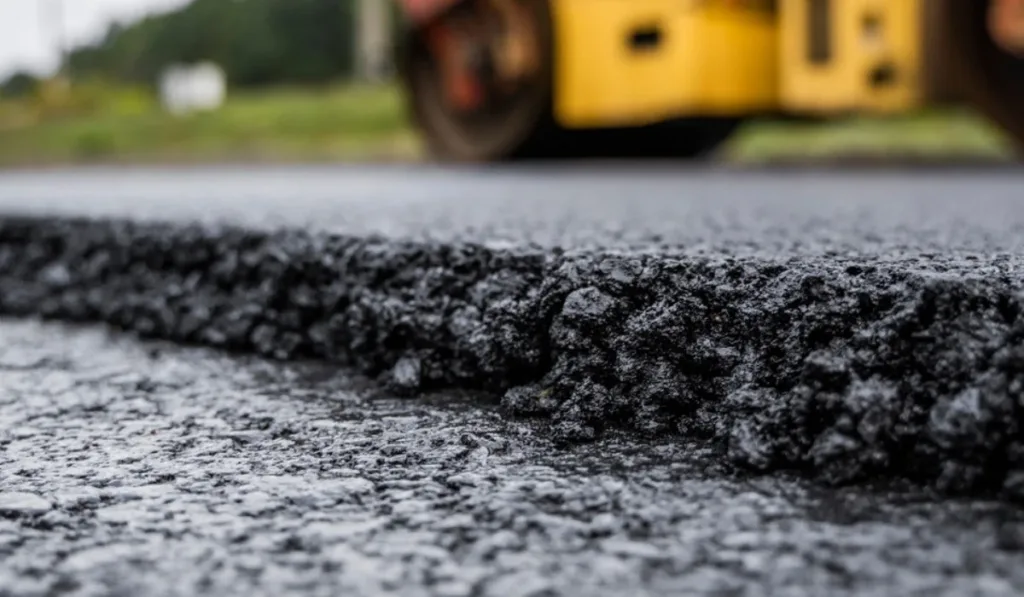
Understanding the Options
Before diving into each method, let’s briefly define what each process entails:
- Sealcoating: Applying a protective layer to the existing asphalt to seal small cracks, repel water, and protect against UV rays.
- Overlay: Adding a new layer of asphalt over the existing pavement to improve its appearance and extend its life.
- Reconstruction: Completely removing the old asphalt and laying down a new layer, essentially building a new surface from scratch.
Sealcoating: Preventative Maintenance
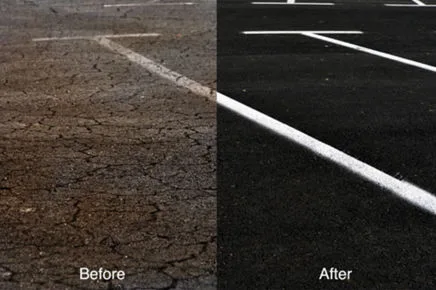
Sealcoating is the equivalent of sunscreen for your asphalt. It’s a preventative measure that should be applied every few years to protect against the elements.
When to Choose Sealcoating:
- Your asphalt is relatively new and in good condition.
- You’re looking to extend the life of your pavement with regular maintenance.
- You want to improve the appearance of your asphalt with a fresh, dark finish.
Benefits:
- Cost-effective way to extend the life of your asphalt.
- Protects against UV rays, water, and oil spills.
- Enhances the aesthetic appeal of your pavement.
Considerations:
- It’s a temporary solution and will need to be reapplied periodically.
- Doesn’t fix structural issues or larger cracks.
Overlay: Mid-Life Crisis Solution
An overlay is a middle-ground solution that adds a new layer of asphalt over the existing one. It’s like giving your driveway a facelift, improving its appearance and functionality without the cost and hassle of a complete reconstruction.
When to Choose an Overlay:
- Your asphalt shows signs of wear but isn’t falling apart.
- There are small to medium cracks or potholes.
- The foundation is still strong and stable.
Benefits:
- Less expensive and faster than complete reconstruction.
- Extends the life of your pavement by several years.
- Improves surface smoothness and appearance.
Considerations:
- Not suitable for severely damaged asphalt with structural issues.
- The existing pavement must be stable enough to support the new layer.
- Overlay thickness and material should be carefully chosen based on use and climate.
Reconstruction: Starting from Scratch
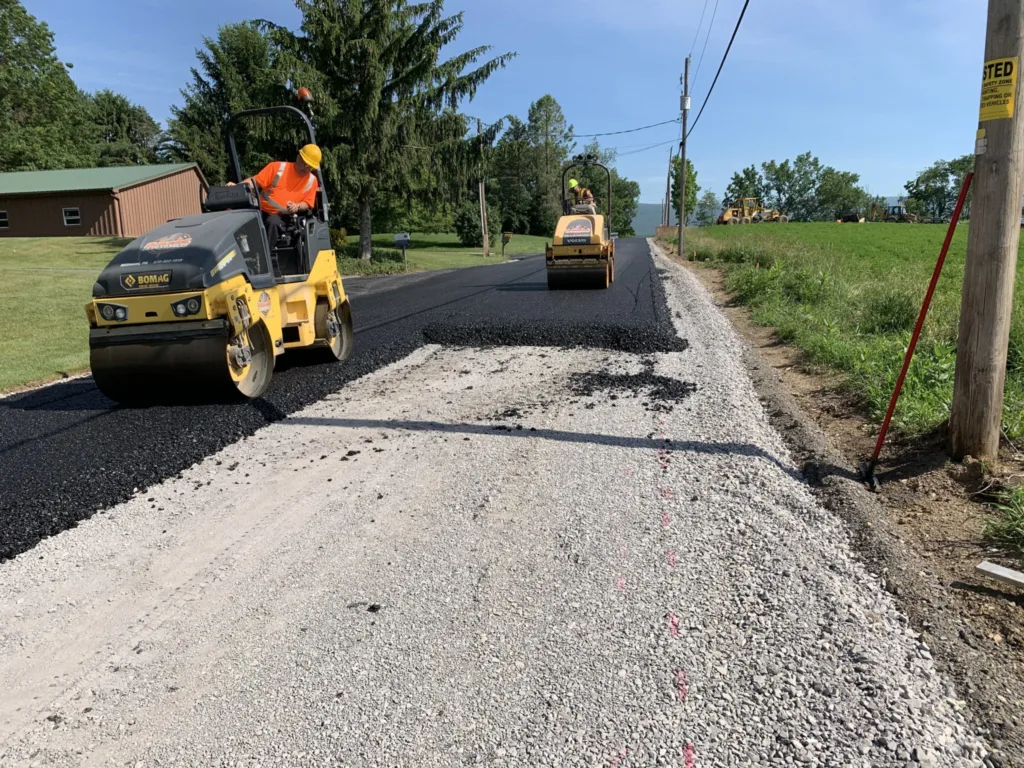
When your asphalt is beyond the help of sealcoating and overlays, complete reconstruction is the way to go. This process involves removing the old asphalt and laying down a new layer, essentially creating a brand-new surface.
When to Choose Reconstruction:
- The asphalt is severely damaged with deep cracks, potholes, and erosion.
- The foundation has structural issues.
- You’re looking for a long-term solution that will last decades.
Benefits:
- Addresses underlying issues that surface treatments can’t fix.
- Offers the longest lifespan for your pavement.
- Provides an opportunity to correct drainage and other site-specific issues.
Considerations:
- Most expensive and time-consuming option.
- Requires careful planning and professional execution.
Making the Decision
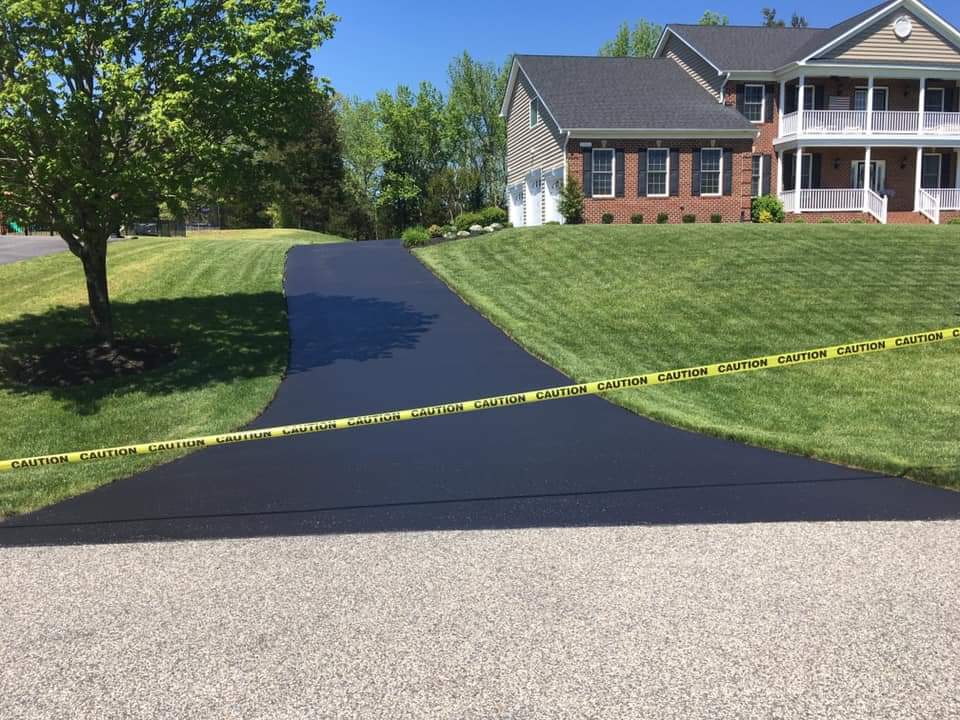
Choosing the right asphalt salvation method depends on several factors:
- Condition of the Asphalt: Assess the current state of your pavement. Small cracks and fading color are suitable for sealcoating, moderate wear calls for an overlay, and severe damage needs reconstruction.
- Budget: Consider how much you’re willing to spend. Sealcoating is the most affordable, overlays are mid-range, and reconstruction is the most expensive.
- Longevity Desired: Think about how long you want the solution to last. Sealcoating is short-term, overlays are medium-term, and reconstruction is long-term.
- Usage: Reflect on how the pavement is used. High traffic areas might require more robust solutions like overlays or reconstruction.
Conclusion
Your asphalt serves you tirelessly, and when it’s time for maintenance or repairs, understanding your options is crucial. Whether you choose sealcoating, overlay, or reconstruction, the right decision can breathe new life into your pavement, ensuring it continues to serve you well for years to come. Remember, the best choice is one that balances the current condition of your asphalt, your budget, and your long-term needs. Asphalt may not last forever, but with the right care and intervention, its salvation can be a smooth, durable, and cost-effective journey.


